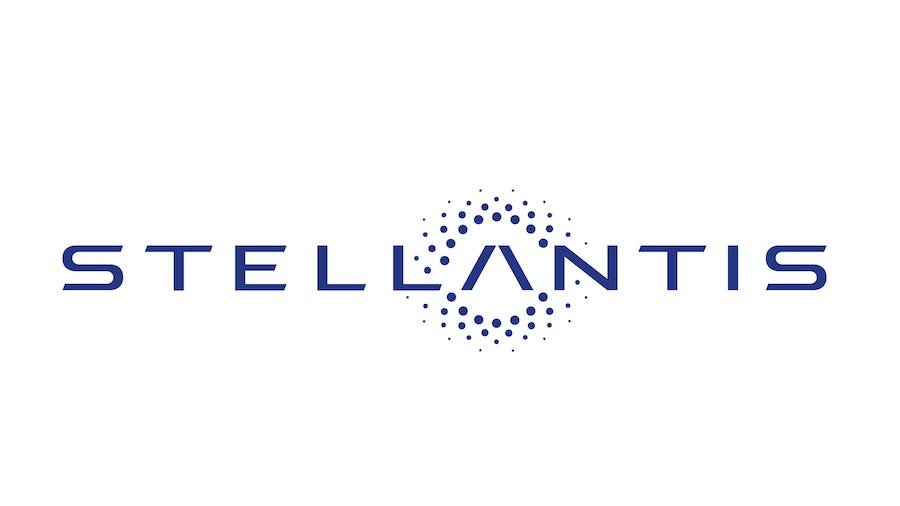Management structure of 14-brand Stellantis company detailed

Stellantis, the car-making giant formed by the merger of the PSA Group and Fiat Chrysler Automobiles (FCA), will embrace the diversity of its staff and brands as a strength rather than a weakness, according to boss Carlos Tavares.
The new company is the world's fourth-largest car firm, with 14 brands (including Abarth, Alfa Romeo, Citroën, DS, Fiat, Jeep, Peugeot and Opel/Vauxhall), more than 400,000 staff, industrial operations in more than 30 countries and revenues of more than £150 billion combined.
Stellantis has now provided further details of its management structure, with a number of new bosses for key brands. Mike Manley, who had been CEO of FCA, will become the head of the Americas, where the firm's popular Jeep and Ram brands are focused.
Brit Linda Jackson, who previously headed up Citroën, has been named as the new head of Peugeot.
Peugeot boss Jean-Philippe Imparato will move over to run Alfa Romeo, replacing Tim Kuniskis, who will focus on Chrysler and Dodge.
Michael Lohscheller (Opel/Vauxhall), Vincent Cobée (Citroën), Olivier François (Fiat/Abarth), Béatrice Foucher (DS) and Davide Grasso (Maserati) retain their roles.
While Tavares admitted there was a "defensive dimension" to the merger based on the challenges the car industry is facing, he said "this merger is not a defensive move," adding that Stellantis won't be focused solely on its new scale.
He said: "Stellantis needs to be great rather than big. We want to gain scale, of course, and to make sure we use this scale to develop innovation and as a lever to be more disruptive and to do things some other companies could not do. The purpose is not to be big; the purpose is to be great at what we do."
Tavares said the success of past mergers with companies now part of Stellantis – particularly the merger of Fiat and Chrysler and PSA's 2017 purchase of Opel/Vauxhall – showed that Stellantis can succeed, and that embracing the diversity of its 14 brands will be key.
"We have within those 14 iconic brands a high diversity of models. We are present in the most significant markets and most significant profit pool areas of the market.
"We will value the diversity of our people. We don't need to have one unique culture; we will leverage our diversity. Our people are unique, and they should stay as they are. It will be my job to leverage this diversity to offer exciting opportunities for customers. We think this diversity is a strength and compare it to the lack of diversity to some of our competitors."
Merger will lead to investment in brands, range expansion
Tavares said that Stellantis is targeting €5bn (£4.4bn) of cost reductions through synergies within the next five years, with 40% of those resulting from research and technology.
He said that a core focus of the company would be on electrification and becoming carbon-neutral in order to meet ever-tightening regulations. Stellantis currently offers 29 electrified models, which will rise to 39 by the end of this year. By 2025, every model from the firm will offer an electrified powertrain.
While Stellantis management is currently drawing up a full strategic plan, Tavares said that synergies would be found through platform-sharing and that the cost savings of doing so would help to justify some models that couldn't have been produced previously.
"We believe that with these 14 brands, we have a strong foundation to rebound in a number of areas, and with brands where for prioritisation reasons in the past we could not invest as much as we wished.
"With Stellantis, we can make sister cars [on shared platforms] with smaller entry tickets, which makes the business plan fly in an easier manner and creates business opportunities for certain brands to enjoy new products with sustainable business plan due to some common assets purchased at a competitive rate."
Tavares said that no plant would be closed as a result of the merger, insisting that Stellantis provided "a fantastic shield" through cost-savings and the ability to create additional revenue.
He said: "It means more models, more activity, more protection for our plans and our people. Stellantis is an answer and it is a solution rather than a problem. Is it going to be easy? No, nothing is going to be easy in automotive and we have to work hard to reach the right level of manufacturing costs [and] modernity, and everyone has to conform."
Related News


